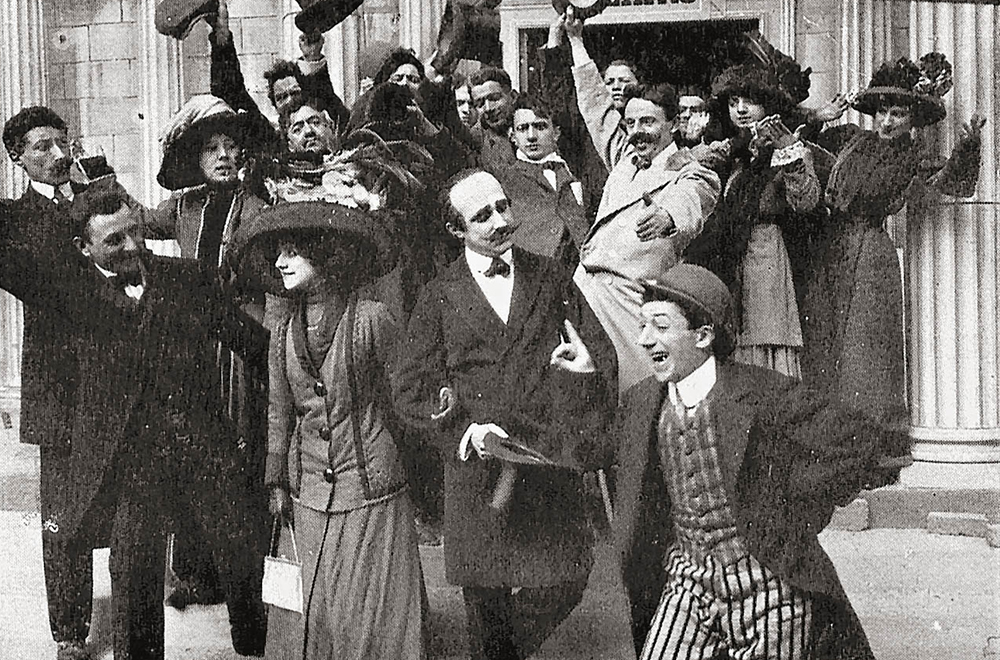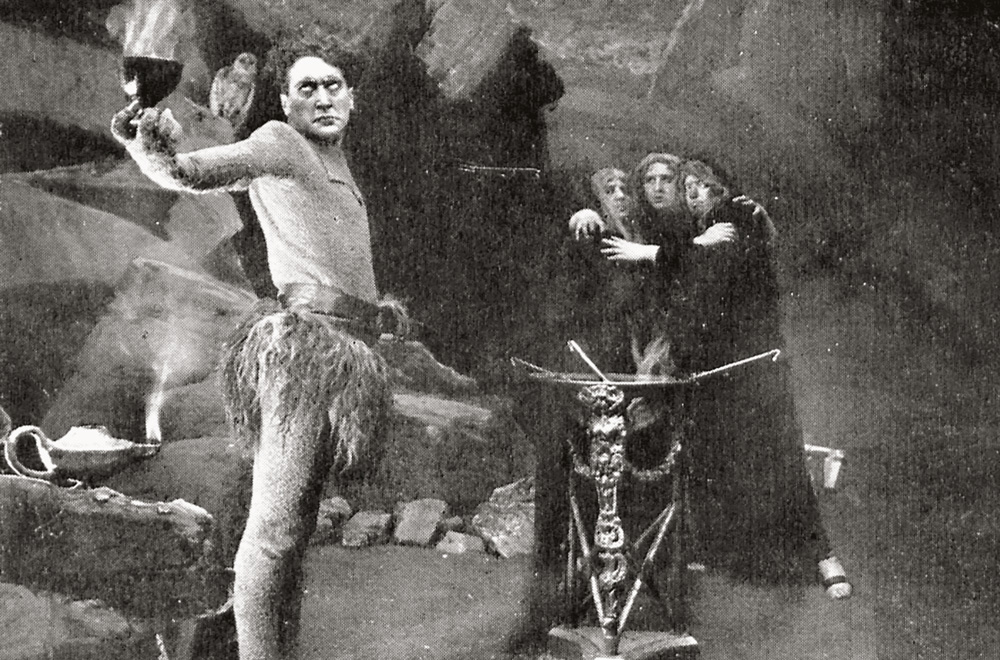From the end of the 1930s, Maria Adriana Prolo (1908-1991) began collecting documents and testimonies to reconstruct the already neglected era of silent films through the voices and archives of the protagonists she met and got to know such as Giovanni Pastrone and Arrigo Frusta. In 1951, two years before officially establishing “her” Museum of Cinema, she published the result of her research: a pioneering study dedicated to Italian silent films, with the firm belief that the publication would have enormous significance in winning the resistance of many around the establishment of a museum in Turin dedicated to the Seventh art.
The box set dedicated to her, realised in 2023 by the National Museum of Cinema in Turin in collaboration with the Università degli Studi in Turin and the support of the Associazione Museo del Cinema at the Artistica di Savigliano, includes the anastatic reprint of History of Italian Silent Cinema vol. I edited by Il Poligono in Milan in 1951 and is now difficult to find.
In elaborating this pioneering History in a context almost devoid of references, thanks to her training Prolo proposed a research methodology – still valid and stimulating today – as well as a strong idea of cinema. The method is rigorously based on data collection and verification, both through published sources such as magazines which had been neglected until then, and through the oral and unpublished testimonies of those who had experienced the birth and rise of cinema.
In the first part of the book, Prolo outlines with light and effective writing the extraordinary industrial, social and cultural liveliness of the first twenty years of Italian cinema with a 'holistic' approach well ahead of its time. In the second part she undertakes the reconstruction of a reliable national filmography, i.e. she compiles the first ever list of films made in Italy between 1904 and 1915.
In a note, the author recommends: 'I extend a cordial invitation to all those who are able to correct and add data and information, so that both the History and the List can later be as accurate as possible'. After being a valid and almost unique reference for years, the filmography was then superseded by the research initiated by scholars in the late 1970s, as wished by the author. The first part of the volume - a translation of which is offered here for the first time – has an unquestionable historiographical value and retains intact its ability to convey a comprehensive image of the 'cinema machine' and set directions that are still valid for research. The only intervention carried out during the reprinting phase was the revision of the captions that accompany the numerous images – an intervention that the author herself would have liked to carry out but could not.
The History of Italian Silent Cinema vol. I is accompanied by the volume A pioneering film historian: Maria Adriana Prolo a short collection of essays and testimonies on the life of Maria Adriana Prolo with previously unpublished texts by Silvio Alovisio, Antonella Angelini, Maria Luisa Bertotto, Paola Bortolaso, Giulia Carluccio, Domenico De Gaetano, Stefano Geuna, Enzo Ghigo, Claudia Gianetto, Donata Pesenti Campagnoni and Vittorio Sclaverani. They highlight lesser-known aspects of the founder of the National Museum of Cinema: the focus on the female universe in her studies as a young scholar, the nonconformist private and professional choices for a woman of her times, the rediscovery of the modernity of her studies which she later abandoned to concentrate on the collection and conservation of the extraordinary collections that remain the Museum’s precious beating heart.
The images accompanying the essays come from the archives of the Prolo-Agnesi family, from the collections of the National Museum of Cinema and, above all, from the Elena Bosio/I Cammelli Archive - Turin, with shots taken in 1988 during the filming of Daniele Segre's Occhi che videro (watch the film on VIMEO).
The boxset in Italian was printed as a limited edition and is not intended for sale. The same contents are available here online free of charge; translations into foreign languages are also available in the digital version.




